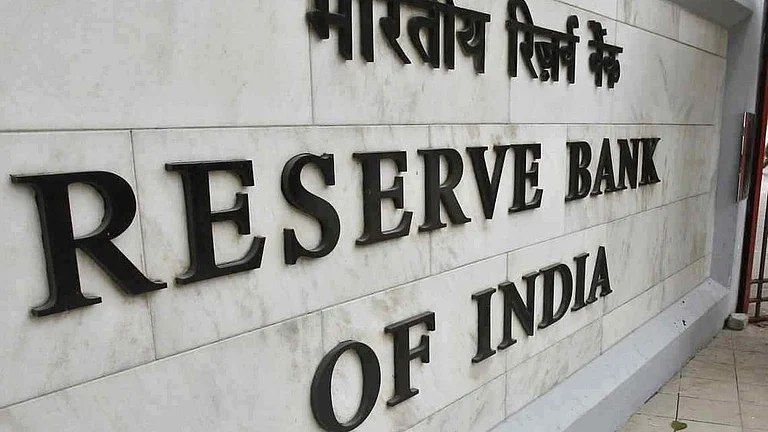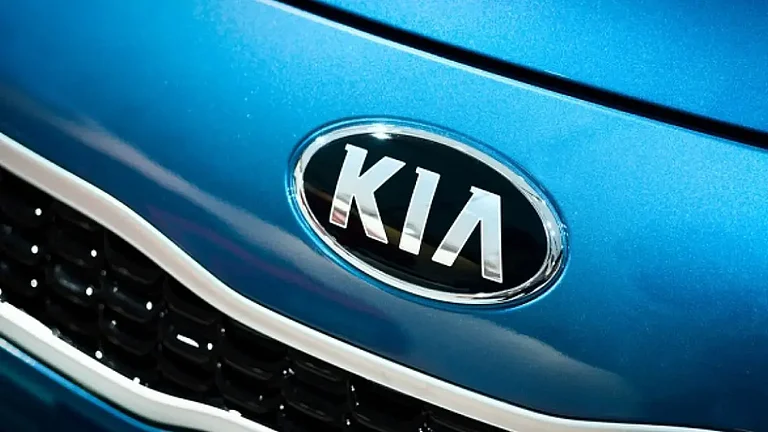In most Indian cities, four walls and a roof make a house. Lack of cross ventilation or inadequate sunlight during the day is a given. This applies not only to apartment buildings but to many, if not most, industrial warehouses as well. Pune-based Dhananjay Hulge is one among many who parks in a cramped dark basement and makes do with a barely-lit bathroom. Since he cannot tamper with the building structure or electrical wiring, Hulge is desperately looking for an affordable ‘natural’ solution. At the other end, there aren’t many mechanical engineers who have found a job at Hindustan Petroleum boring. Most of them hang on till retirement to the career security that the state-owned oil marketing company offers. Sekhar Nori, however, not only found it routine, he quit soon after joining, as for him there was not much “engineering and application challenge”. The fact is Nori’s heart lay someplace else — in the renewable energy sector. He felt since India had always had a perennial energy problem, the solar industry was a better bet. He started off with manufacturing and installing solar thermal systems in 1995-96. He persisted for about six years before realising that he was too early on the scene. Nori recalls, “Technology we built, but business we could not. Market conditions were tough, and in the course of project execution we discovered that scaling up the solar business was a challenge.”
Back then, the enthusiasm for renewable energy was muted, given the lack of a supportive policy framework and low ‘energy conversion’ that ensured a unit cost as high as₹15 a unit. Let’s simplify ‘energy conversion’ a bit. In a solar energy system, sunlight is first converted to electrical energy and then to chemical energy that then is stored in batteries. There is a final re-conversion to electrical when it is finally discharged. This series of energy conversions and inherent low efficiency of the system is the prime reason why the cost of solar power is as high as ₹10 a unit even today and despite the benefits provided, the payback period is more than 10 years or so. “If we were able to introduce a system that had a payback period of less than three or four years, it was bound to sell in an energy-deficient market,” elaborates Nori.
Changing course
To make this happen, Sekhar, along with his wife & co-founder Anantha, had to introduce a technology that skipped this process of multiple energy conversion. That is why the duo decided to harness daylight as an energy source and using skylights to do so was the starting point. They named the company Skyshade because right from the beginning, the founders were clear that their business model would entail not only providing lighting systems but shading solutions as well.
However, this fundamental change in thinking was not met encouragingly by either Nori’s peers or his bankers whom he approached for seed capital. “I had a solid solar background, so banks could not outright say no, but on the table they said informally, Sekhar, your product will not work but we will take a chance.” His peers were more dismissive and questioned his wisdom. In hindsight, Nori too feels that having spent almost six to seven years in the solar business, deviating entirely from it was a big risk. The deviation however was a conscious one driven by the knowledge that he had. Nori was confident that the market acceptability would come in once the increase in energy efficiency was clearly visible. In fact, today, Skyshade is considered an authority in skylighting systems.
Big Break
While installing clear glass to capture natural light was not a revolution in itself, Skyshade improvised by controlling light and heat through the skylights installed by it. Light transportation was another challenge and Nori overcame that by introducing light pipes that collect light and transport it through pipes to other points in a building. Today, Skyshade can virtually transport light up to 15 meters and is working on technologies to enhance that distance. “15 meters is good enough for a five-storey building, but in the case of high ceiling industrial sheds, we use multiple systems to cover the entire length,” says Anantha, who also manages the shading business at Skyshade.
Over the last four years, Skyshade has installed more than 4,000 light pipes all over the country. But despite light being a functional requirement it was not an easy sell. Nori and his team executed a lot of sample demonstration projects before orders started trickling in. The first client they signed up was PepsiCo in Hyderabad and after that there was no looking back, word of mouth started building up. Nori still remembers the excitement that had built up at the PepsiCo office on the final day of the project. “The senior manager who had taken the decision to implement our solution was there waiting to convey to the management what the results were. You could see the wow factor on his face when he saw natural light streaming through the light pipe fitted on the roof.”
Skyshade’s patented technology ensures that its systems deliver equal intensity of light through the course of the day by enhancing the collection at the daytime and partially suppressing it at the peak noon time.
The differentiator
While transporting natural light was its unique selling proposition, Skyshade’s daylighting systems delivered substantial savings as well. Not only is the system maintenance free, one light pipe delivers as much light as eight to 10 conventional tube lights. Nori explains, “None of the electrical systems can match the colour of daylight and the fixtures that we supply have a life of 15 years.” That may well be true but does it not create its own problem in terms of delaying repeat business? Anantha Nori thinks that is hardly an issue given that they have barely scratched the surface of the industrial lighting market. She says an even bigger market awaits them in home usage. Skyshade’s most basic light pipe solution costs ₹10,000 and can light up an area of 150 sq ft. “Each of our solution is a stand-alone system. It doesn’t matter whether you use it in a large or small building.” The same applies to its shading solutions. It varies from a bus shelter to huge canopies that one can see at airports or convention centers. While there are other companies that provide consultancy for shading solutions, Skyshade stands out as it customised manufacturing and implementation.
However to begin with, Skyshade consciously targeted the industrial market with its daylighting solutions because not only is the consumption level high, companies are also receptive to solutions that help in lowering high energy bills. Tata Motors, Coca Cola, Reliance, Indian Railways and Indian Navy are among those who use Skyshade’s light pipes. One of its biggest light pipe installations is at the Amara Raja factory at Tirupati. The 10,000 sq ft production floor is illuminated by natural light during the day and generates a saving of over ₹1 crore a year. “The payback period for the firm is two years. Since there is no outage either, there is an additional advantage as we are taking load off the diesel generator sets that cost #10 a unit” says Nori.
Looking ahead
Anantha says while their company has mastered handling daylight in industrial buildings, glass towers come with their own challenges. Not only do they have huge floor plates, drawing and distributing natural light equally is a challenge. “The glass façade may look impressive but along with the light, it also lets in heat. Addressing this aspect of the glass façade is part of the solution that we are currently developing.” Skyshade is also working on integrating conventional lighting systems with daylight to maximise energy savings. That means daylighting will take over and unless the lighting level goes below a predetermined level, the electrical lighting systems will not be switched on. This will not only prolong the life of conventional lights, it will also do away with the need for manual intervention. It is also increasing its pan-India reach by doubling the number of channel partners from the current 10.
Though shading and daylighting contributed equally to Skyshade’s FY12 revenue of ₹8 crore, its contribution to the estimated FY13 topline of ₹14 crore is soon expected to be overshadowed by the growth being experienced in light pipes. “Growing to a ₹100 crore company is not a problem. In the next two to three years, given the market, we are sure that we can establish ourselves as the best daylighting company in the world.” The fear of competition is hardly creasing Nori’s brow. For one, over the last five years, Skyshade has mastered the creation of light collection systems. Nori explains, “A standardised system doesn’t work. The entire solar geometry is different, so are the sun angles and seasonal variations. Customising light collection to a region is important, that is where our strength lies.”
The only source of worry for Nori, if at all, is raw material sourcing. Most of the high performance material that he works with is imported from about four to five suppliers. “Initially, to get small supplies was difficult, but sourcing will not be an issue going forward because over the years we have built that confidence and our sourcing volume has also increased,” says Nori. In fact, he believes that this dearth of suppliers is the biggest hurdle, but what worries him more is his own ability to scale up and widen Skyshade’s reach.
Apart from the savings that it generates, nobody can dispute that the colour of daylight is unmatchable and unique. So long as this truth holds, Skyshade will continue to see a lot of business coming its way. That means those like Hulge will soon see the light.






























